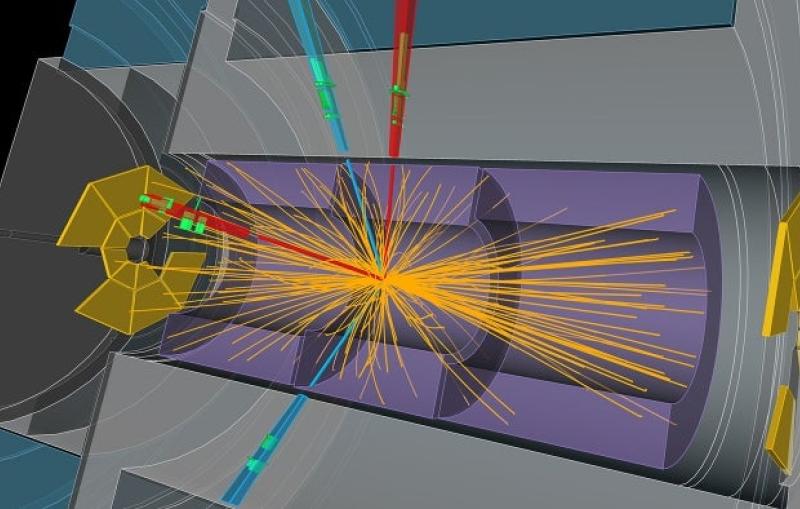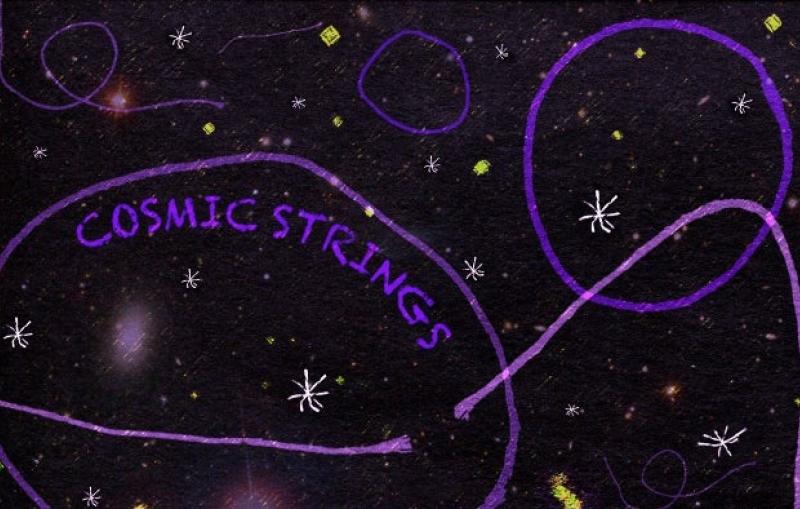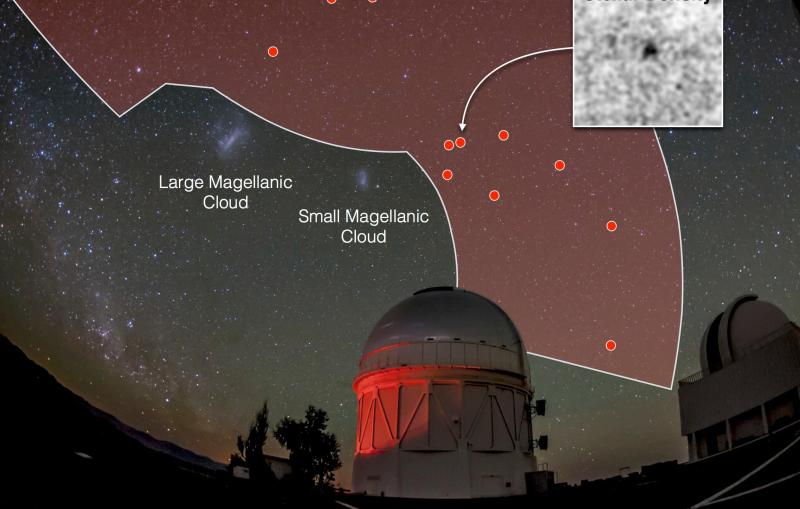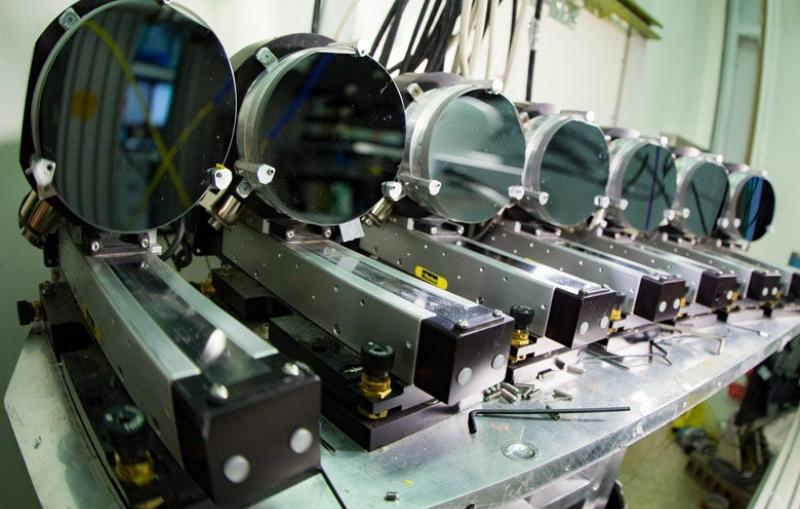




News Feature
VIA Stanford News
Stanford's Global Climate and Energy Project Awards $9.3 Million for Innovative Energy Research

The latest news about SLAC research, science programs, facilities and people.
More on our News Center and Media Resources pages





